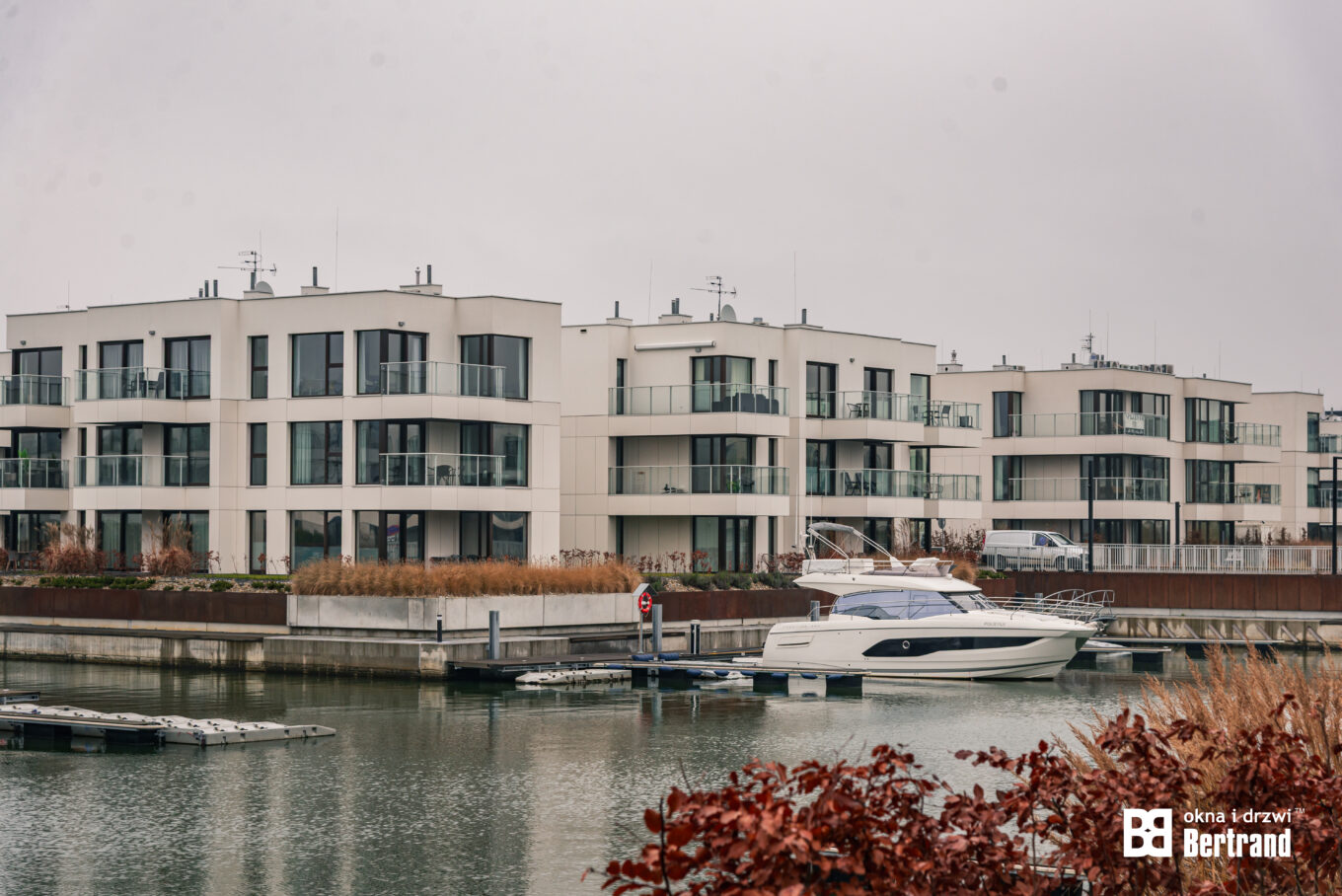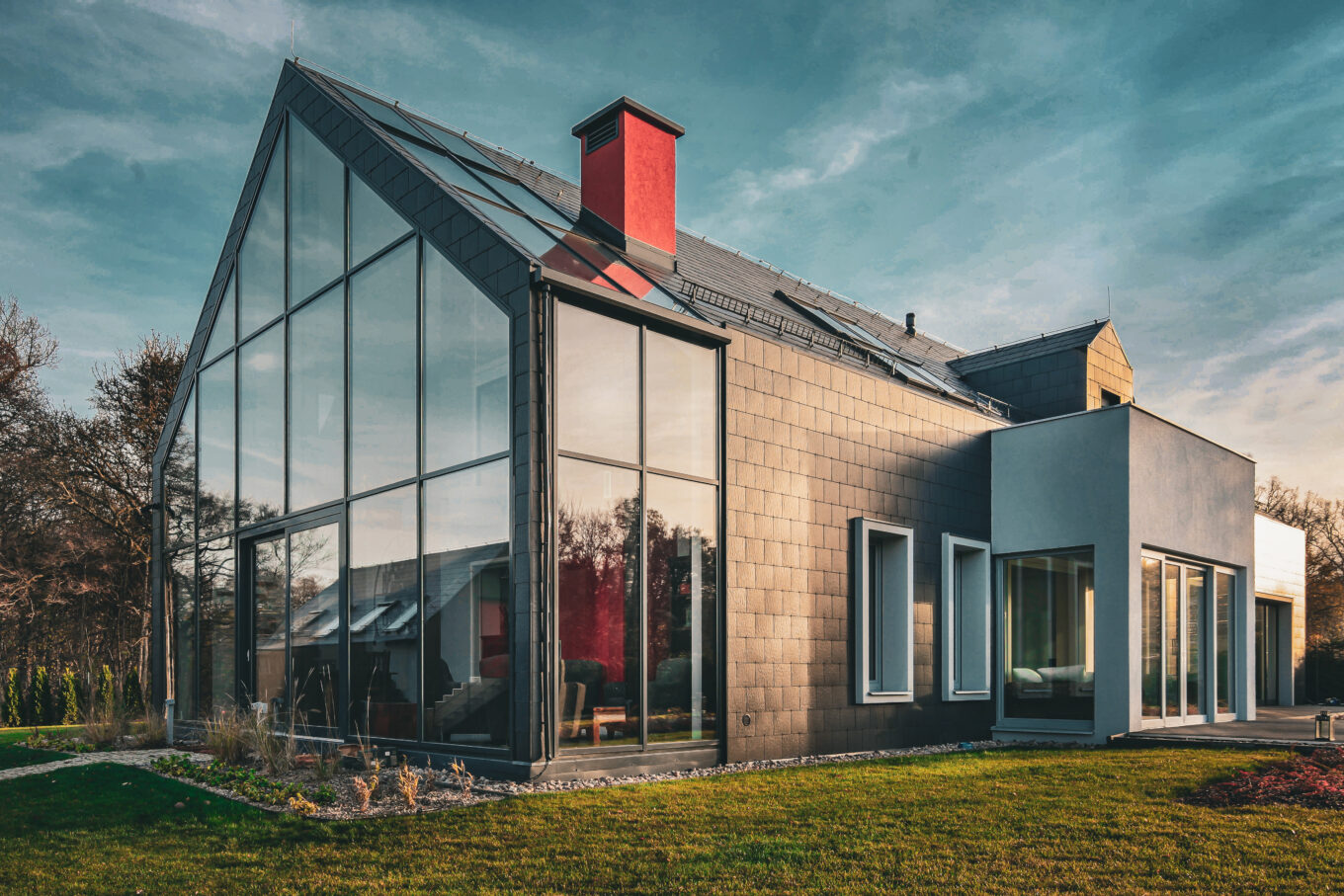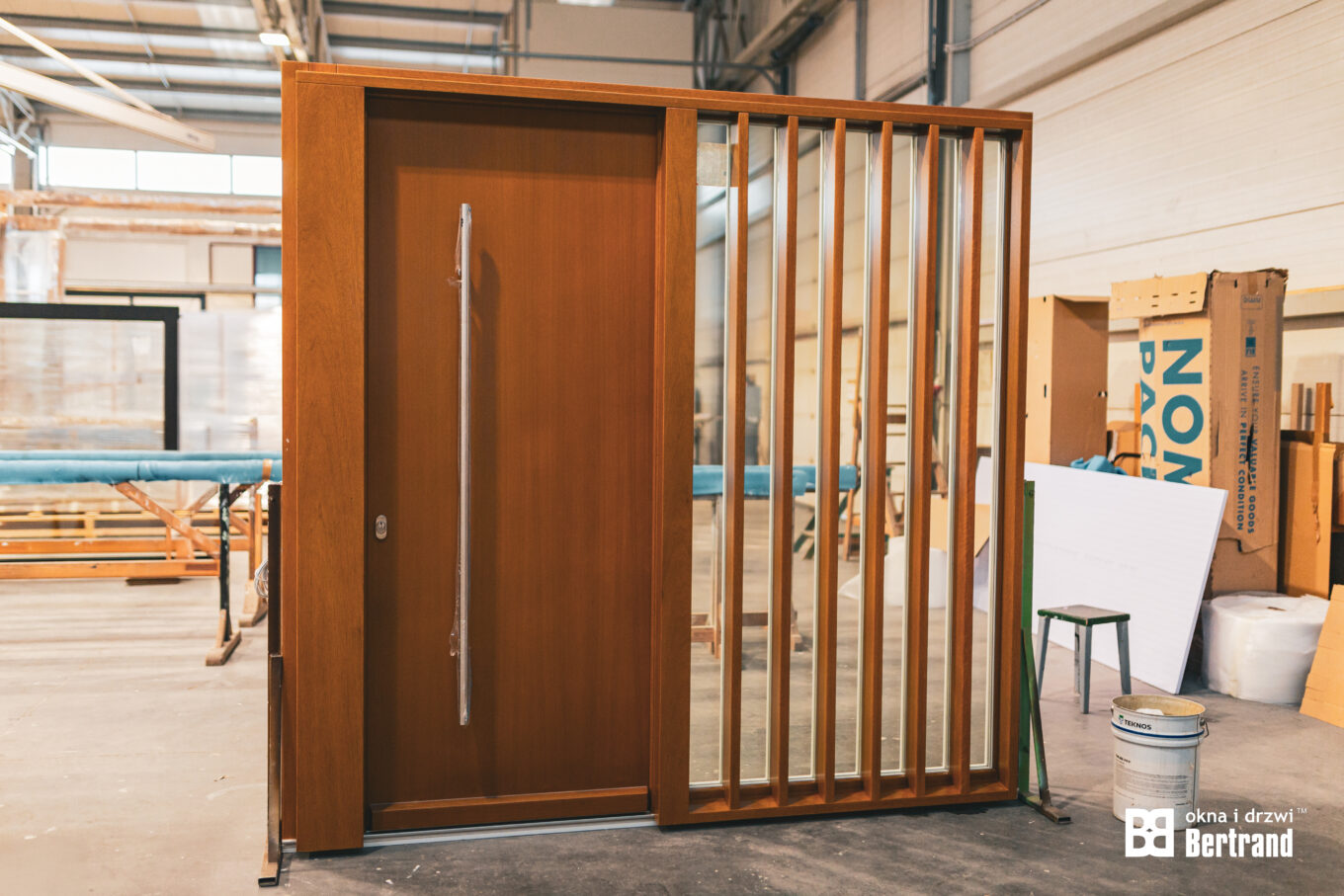Window – a seemingly simple structure, but accompanying humanity for centuries, undergoing an evolution equal to the development of civilization. Today, it is not only a source of light, but also a key element of insulation, privacy, and even technological innovation in smart homes. What did the beginnings of windows look like? What moments influenced their current form? Let's follow how the history of windows, full of surprises and interesting facts, has developed over the centuries.
Antiquity: Windows as Openings in Walls

The first "windows” were nothing more than holes in thick walls, designed to provide ventilation and access to light. In Egypt and Mesopotamia, the cradles of civilization, cutouts in walls were used, which were protected from dust and sun heat with wooden curtains, fabrics or animal skins. An interesting fact is that the Egyptians, in order to lower the temperature in rooms, used damp mats hanging in window openings, which acted as a prototype of air conditioning, cooling the air as it flowed through them.
In ancient Rome, the first attempts at inserting glass into windows appeared, although it was available only to the wealthiest and was extremely fragile. The Romans developed a glass-blowing technique, which they also used to produce small plates, inserted into lead frames. This glass was opaque, not very transparent, but it transmitted light, which was a huge breakthrough. In southern Europe, in wealthier villas, alabaster plates were also used, which let in diffused light and effectively shielded the interiors from the sun.
The Middle Ages: Stained Glass and Modest Openings

Windows in the Middle Ages were modest, as was the lifestyle of the people of that period. In medieval castles and houses, small, narrow openings secured with wooden shutters or boards served as windows. Over time, small panes began to be used in richer buildings - mainly churches, where the stained glass technique was developed. Stained glass was colored with natural minerals, which gave them unique, vivid colors. An interesting fact is that the oldest preserved stained glass comes from the Saint Denis monastery in France from the 9th century and became an inspiration for Gothic architecture, which particularly developed the art of large, colorful windows.
Residential homes typically had no glass in their windows – glass was a luxury that few could afford. Interestingly, cattle hides were also a popular material, which – thinly scraped – let light through but did not offer transparency. It was only over time, under the influence of trade contacts, that European craftsmen began to produce their own, larger sheets of glass.
Renaissance and Baroque: the window revolution in full swing
The Renaissance and Baroque periods saw a breakthrough – the development of glass technology allowed for the production of larger panes of glass. This was when the rolling method was born, thanks to which glass was more transparent and could be used in large, ornate windows. During the Renaissance, especially in Italy, architects such as Palladio promoted the concept of bright, spacious interiors with large windows. The Baroque period brought richly decorated frames and more light to palace interiors. This era also saw the appearance of casement windows, consisting of several small panes connected into one structure – this was a more economical method, as it did not require the production of large, expensive panes of glass.
19th century: industrial revolution and mass production of glass
The Industrial Revolution revolutionized the window market with the invention of plate glass and the technology of producing flat glass, which could be mass-produced and used even in working-class buildings. It was then that metals began to be used in window frames, especially cast iron and steel, which allowed for larger, more stable structures. Industrial buildings and factories used large windows to provide natural light.
It is worth adding that glass was no longer just a luxury, but slowly began to become common. In the United States and Western Europe, windows were installed in almost every home, which was a symbol of modernity. In the mid-19th century, tempered glass also appeared, which was more durable and safer, and thanks to this, it began to appear in public spaces.
20th century: thermal insulation glass and PVC
The 20th century brought another breakthrough in window technology – the production of thermally insulating glass. In the 1930s, double glazing was invented, which insulated interiors more effectively, retaining heat and reducing heating costs. The development of urbanization meant that windows began to be used to improve thermal and acoustic comfort in residential and office buildings. In the 1960s and 1970s, low-emission glass (Low-E) was introduced, which reflected heat and insulated interiors even better, becoming a standard in modern construction.
New plastics, such as PVC, revolutionized the window market, offering lightness, strength, and weather resistance. PVC windows became a hit thanks to lower production and installation costs and ease of maintenance.
Modern times: intelligent coatings and new generation windows

Nowadays, windows are no longer just a light-transmitting element. Thermal and solar-protective coatings are widely used, which improve thermal insulation and block UV rays, which reduces the risk of overheating of interiors. Modern windows are designed with energy efficiency in mind - windows with triple and quadruple glazing have been created, and even special coatings that dynamically adjust the amount of light transmitted to the outside conditions, often integrated with intelligent building management systems.
Future technologies include electrochromic glass that automatically darkens in sunlight and photovoltaic glass that can generate electricity. Windows can perform functions that craftsmen of old could not have dreamed of – regulating temperature, saving energy and ensuring the comfort of residents. Today, looking through a smart window, you can see the incredible journey that this technology has taken.
At Bertrand, this window revolution is also visible, because our traditions date back almost 60 years. During this time, a lot has changed in terms of windows, of course, but we have also learned a lot. One of the most modern technologies that you will find in Bertrand's offer is Infratherm, i.e. glass with a heating function.
The question remains – what will happen next? What will the windows of the future look like? We are curious ourselves.





